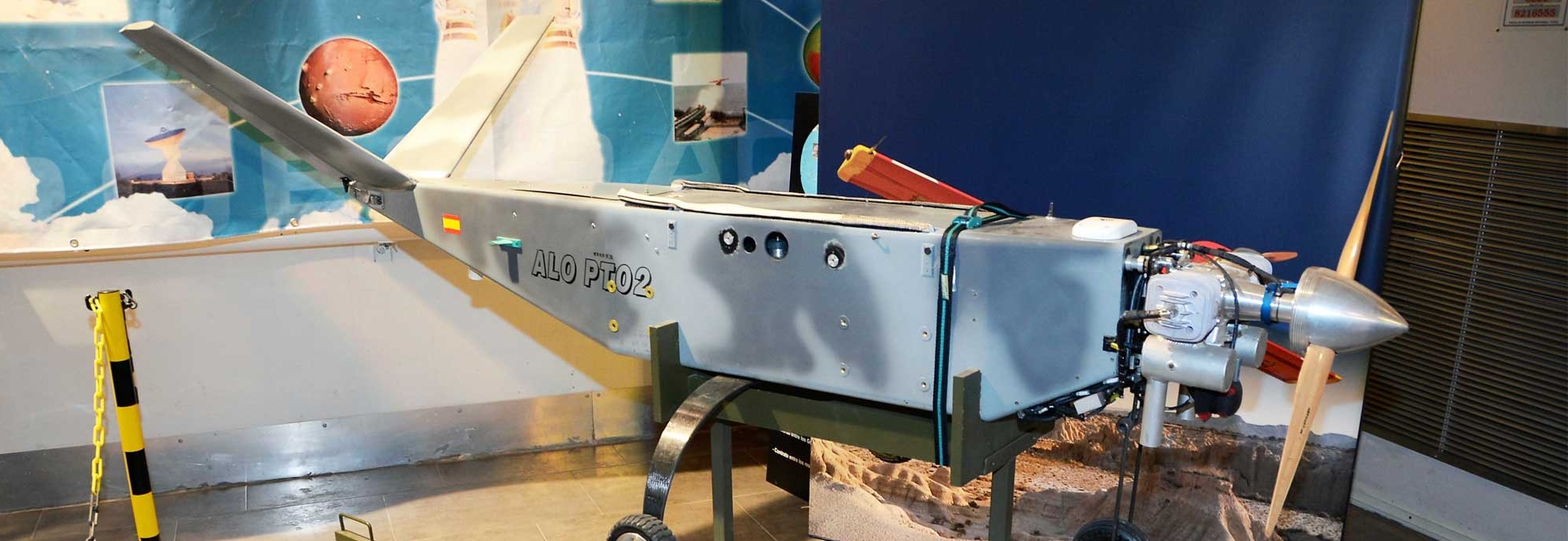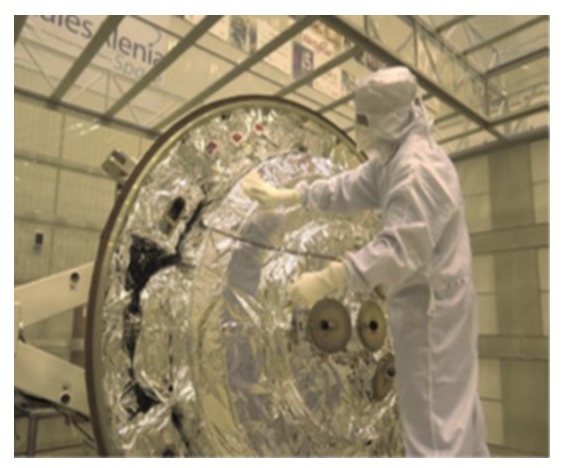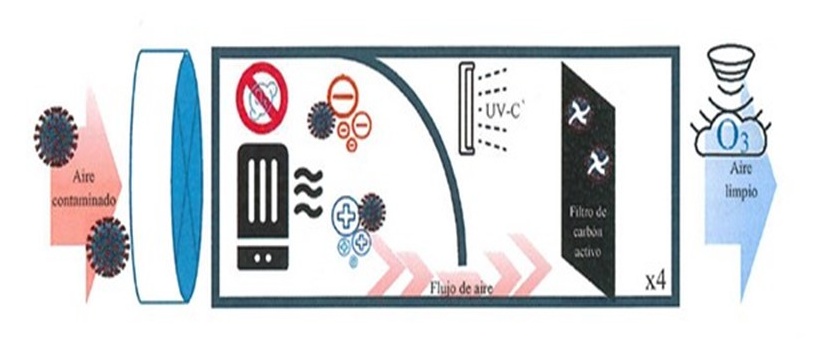Technological offer
*Portable optical trajectography system
|
 |
*Optical fiber sensor for temperatures close to 0k
|
 |
*Improvement of enzymatic performance through chaperones
|
 |
*Energy and communications transfer device using magnetic flow
|
 |
*Isotopically labelled materials
|
|
*Reporter gene construct sensitive to Queuosine levels
|
|
*Ice removal by plasma actuators
|
|
*High temperature oxidation protective coating
|
|
*Self-calibrating non-contact temperature sensor
|
|
*Cooling through plasma actuators
|
|
*Fiber optic based ice sensor
|
|
|
*Polarization Modulator Based on Liquid Crystals
|
|
*Air purification device through ionization
|
|
*Tactical Data Link Tools
|
 |
|
|

















